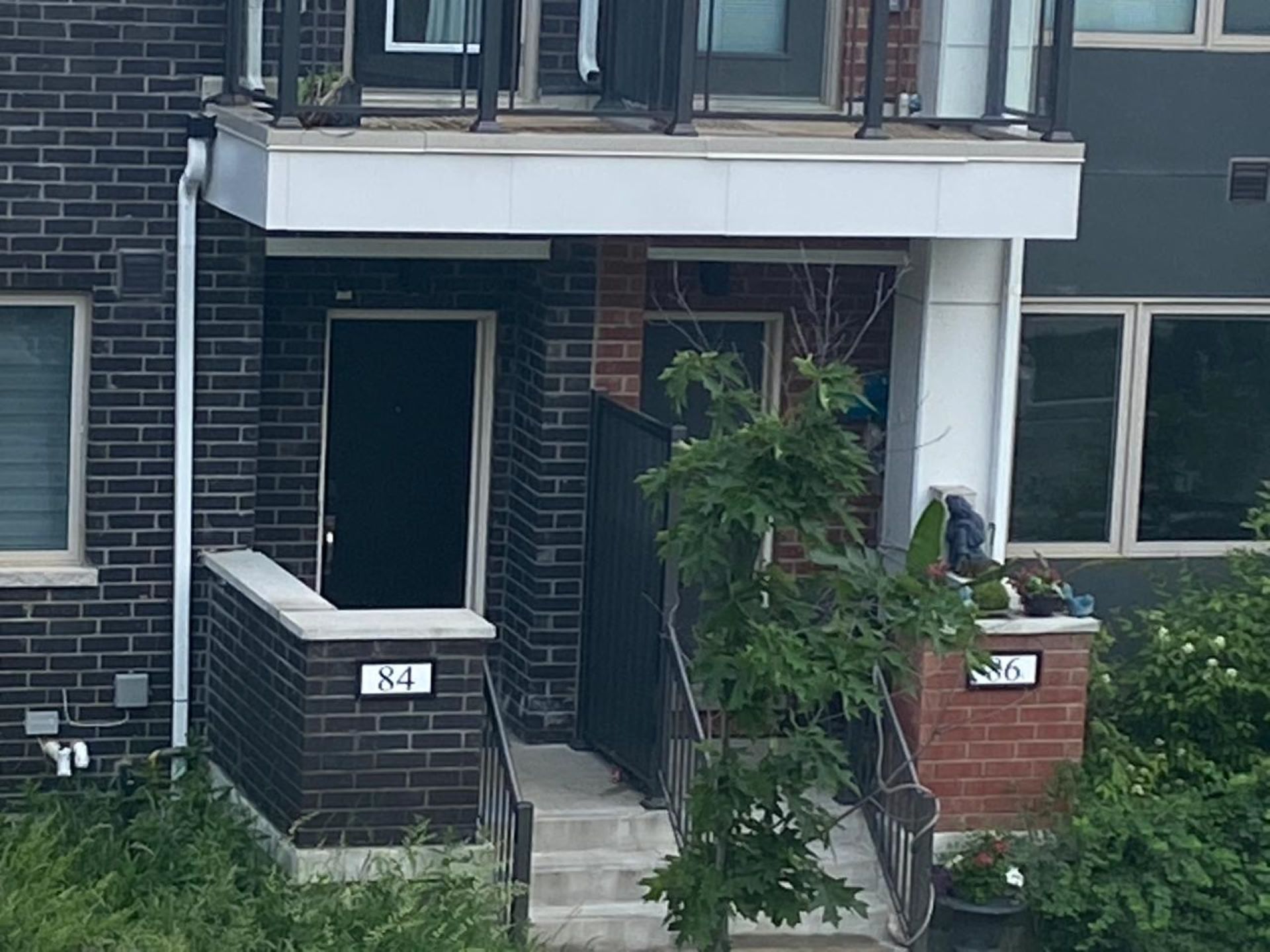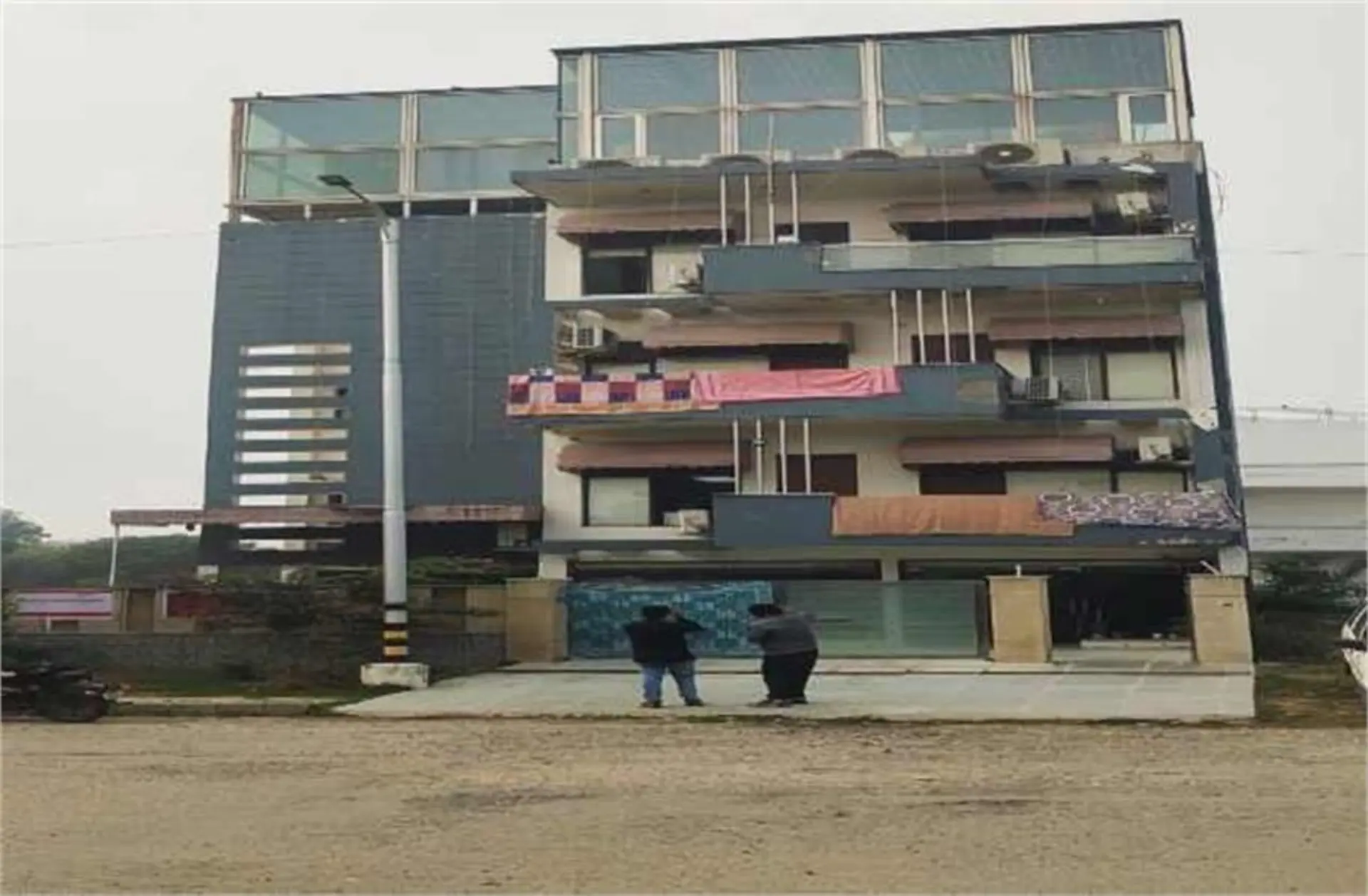
As I wander about in the neighborhood, I am struck by a phenomenon which seems rather strange to me. I realize that no house or flat has a nameplate on its door. All houses in a lane are faceless, as they have the same facade, same design. They have been built by the same builder, and the design has been approved by the City Authority, it seems. It can't be altered on the whim of the builder or the owner. That is okay. I don't have a problem with that.
But a house without a nameplate? Or a house without a fancy or creative name? It is a tradition nearer home in India to give a name to our homes: "Ashiyana", "Matri-Kripa", "Guru Kripa", "Jannat", "Shubham", and what not! Of course, all the names of the homes somehow reflect the dreams, ideas, or ideals of the people who inhabit them.
On the nameplates are reflected the names of the owner. Nowadays, things have started undergoing change in our country too. Now, with the weakening of patriarchal institutions, we find on occasions the names of both the man and wife on the nameplates. A kind of cultural metamorphosis, eh? Or is it due to the fact that many properties are co-owned by both the life-partners? It is also a fact that consequent upon amendments in the property laws, some monetary benefits accrue if a property is purchased in the name of a woman. Anyway, the phenomenon indicates a changing attitude towards our women. And this is well-orchestrated in the names of women getting a proud place on the nameplates.
Another tradition which we Indians are well-familiar with is the use of caste or clan's name on the gate. Sharma's, Verma's, Gupta's, and such other variants loudly proclaim the community to which the owners claim their genesis.
Of course, if we go a little back, we shall remember that in our villages there used to be no nameplates or numbers on the houses, the only google map available was the name of the person. When you asked someone about the location of the house of a person, the first question that would be invariably asked was: किन मैं सै? This meant that the man was enquiring about the caste of the person whose address you wanted to know. When informed about the caste, the next question that was shot at you would be: किसका सै? What is the name of the father? Then, accordingly, you would either be given the direction or someone would accompany you to the house of the man concerned.
Of course, this practice continues in our rural areas even now. However, with increased migration to urban centers for better job opportunities, there may be some dilution in this system as our desi google maps go befuddled sometimes. Now you may have to answer queries like: के करै सै? कित नौकरी करै सै? What job does he do? Where is he posted?
So, as many of us live in cities now, old clues about caste or father's name don't help much. In these circumstances, it is natural that we have nameplates on the door. Further, it seems to me that we Indians are highly imaginative people. Take a look at our ancient epics and other literatures. Look at the figurative names given to our heroes. Even the names given to places are also highly creative. Any situation under the sky can tickle our creative spot, and we feel egged on to find a more imaginative, more colorful nomenclature than our neighbors', even if our home is diminutive and matchbox-sized! Let me come to the original query: why are there no nameplates on the doors of Toronto? Why are no names given to the houses? What could be the reason? My mind once again flies to India for an answer. When I was a student at school, I remember my teacher saying during his lectures, "Well, my dears, for us, the Indians, this world is gross. It is without substance. It is mere MAYA. So don't run after worldly goods. They are impermanent, this world itself is transitory. माया महा ठगिनी हम जानी. Do not crave for it."
This is the cardinal philosophical principle which governs our life. The worldly name, fame, and riches are mere MAYA. They are a hunter's net to make our soul captive. It stops us from being one with our creator. We can never attain MOKSHA if we are entangled in the world and its ephemeral pleasures. This principle was absorbed skin and soul not only by our poets but our historians too. That is why there is hardly the name of the author inscribed on our ancient books. That is why we hardly have any written history. It is not history in the traditional sense. It is जनश्रुति; it is oral history.
Does it mean that while we Indians have gone western where there is a strong sense of writing history with exact dates and names? Is it because of this reason that we have become materialistic and started inscribing our names in big artistic letters on our nameplates? And the western people have taken the opposite route and lost interest in the मोह of this मायावी world and decided to go incognito. Otherwise too, as their own पीर बाबा Shakespeare says cryptically: What is in a name!
Well, after all these rambling thoughts, I realize that it may be a kind of survival strategy for the Torontowallahs -- and through them -- and all other western people. Remaining nameless, faceless, anonymous, and incognito gives them a safety cover -- सुरक्षा चक्र --. It gives them a sense of security. नाम होगा तो बदनाम भी होंगे! So better be without a name on your door than to have a loose-brained but trigger-happy terrorist knocking at it!















